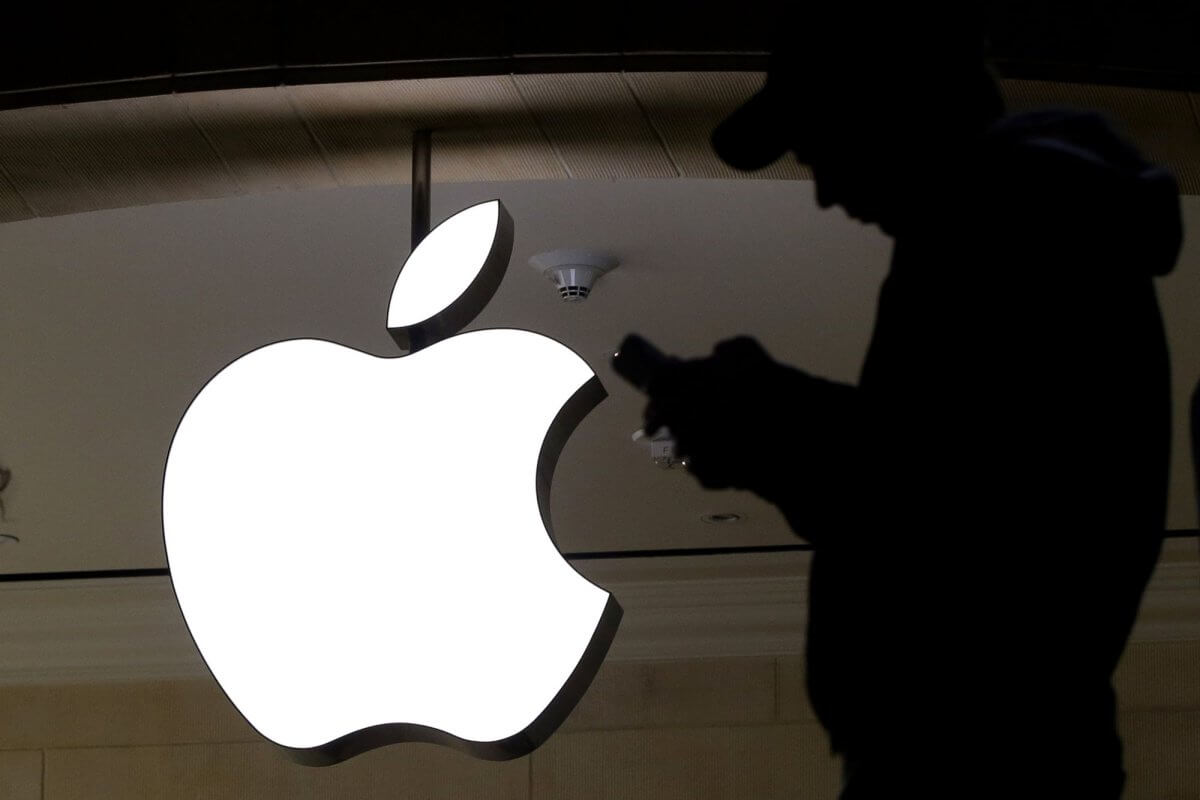Apple’s recent earnings report was mixed. While iPhone sales dipped below analyst predictions, investors cheered the news of a massive $110 billion share buyback program, sending the stock price soaring and boosting overall market sentiment.

The buyback, the largest in Apple’s history, signifies the company’s confidence in its long-term prospects despite the iPhone slump. Share buybacks typically indicate a belief that a stock is undervalued, and Apple’s move suggests they see their own shares as a good investment opportunity.
This confidence is contagious. Even though iPhone sales, a key revenue driver for Apple, fell 10% year-over-year, the market focused on the bright spots. Apple’s profit margins continued to climb, reflecting the increasing strength of its services sector, which includes subscriptions to Apple Music, iCloud storage, and Apple TV+.
The buyback, coupled with a projected low-single-digit revenue increase in the coming quarter, was seen as a positive sign by analysts who had braced for even steeper declines. This “relief rally” demonstrates that investors are still bullish on Apple, even if the iPhone juggernaut is showing some signs of slowing.
Apple’s strategy highlights a growing trend in the tech sector.
Companies are increasingly focusing on recurring revenue streams generated by services, rather than solely relying on hardware sales. This shift could position Apple for continued success as consumer preferences evolve.
While the iPhone’s future performance remains to be seen, Apple’s aggressive buyback program has injected a dose of optimism into the market, demonstrating the company’s commitment to shareholder value and its belief in its long-term growth trajectory.









